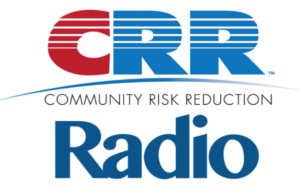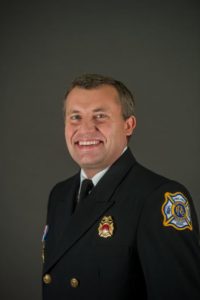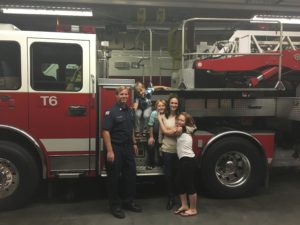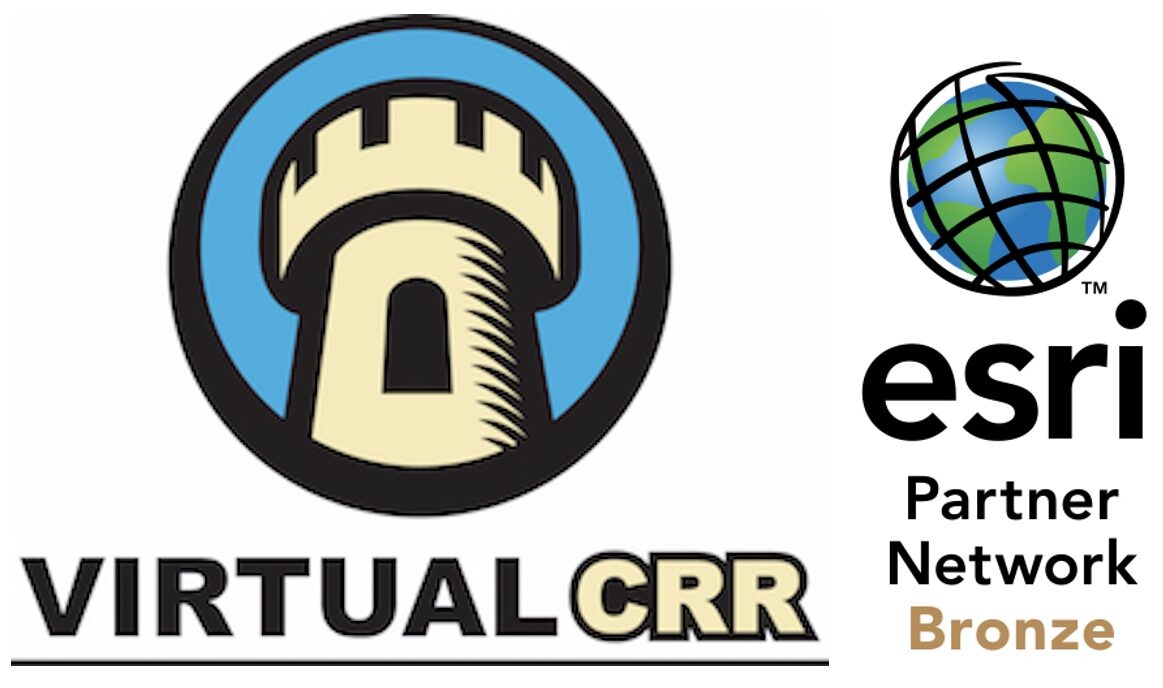
Vision 20/20 and CRR Radio
Vision 20/20 is one of the main groups pushing Community Risk Reduction forward. One way they do this is through a podcast entitled CRR Radio hosted by Ed Comeau. I highly encourage everyone to subscribe to this podcast. In October, Ed interviewed (actually re-interviewed) Chief Tom Jenkins, past IAFC President and Fire Chief of Rogers Arkansas. As I listened to this podcast, there were a few quotes Chief Jenkins related that are of great importance to our view of, and implementation of, our Community Risk Reduction programs and processes. Each of the quotes below is attributed to him from this podcast. To hear it in its entirety and subscribe to the podcast click here.

“CRR, What is that? What does it mean?”
Chief Jenkins admitted that 5 – 10 years ago, he fell into this category of people. He knew the term, but was unsure about what it really meant or entailed. Though Community Risk Reduction is gaining momentum quickly through out the fire service, we still have a long way to go. I agree with him in his judgement that most chief officers understand CRR, even if they haven’t implemented it, The problem is, many of our line employees have yet to understand it. He mentions the courses at the National Fire Academy as being an excellent way to help our line employees understand Community Risk Reduction. We can also share with them the information found at Vision 20/20 as well as sharing the CRR Monthly Newsletter from Virtual CRR.
“Like Politics, all Risk is Local”
I feel this quote gets to the heart of Community Risk Reduction. This is why it is so important to perform a risk analysis of your community. There are many overarching goals and programs associated with CRR that need to be tailored to your individual community. Looking at it just a little bit differently. Locally can refer to the way in which we serve our community at each station level as Chief Jenkins implies below.
“If you want to do CRR, the fire chief can be in on it, the deputy chief,… and everyone that wears gold or brass. But, until those company officers are in on it, and they believe in it and its part of their DNA… and they understand what CRR means to their first due, regretfully it doesn’t do a whole lot.”
“Home Fire Inspection, That’s Almost Un-American!”
“In Rogers, we have a home inspection program that is so rarely taken up by anybody.” Chief Jenkins points out that most Fire Prevention activities revolve around pre-construction and the business community. We typically have no legal basis to be in homes. That being said, he points out that, “we kill about 3000 people a year from fire, mostly in one and two family dwellings”. “People are very resistant. (speaking of home inspections) Especially anybody connected with government to be in there and doing it”.
“We’ve got to find ways to gently educate people to gain access. That continues to be fertile soil for us to move the CRR needle”. How do we “gain access”? We need to be seen as trustworthy and involved in the community with their best interests at stake. A program such as a Virtual CRR can be the mechanism to get into these homes as well. Virtual CRR is like having a fire professional perform an assessment of the home without having someone physically there. Once the resident sees the information the department shares with them through a Virtual CRR visit, they can then reach back with any follow up questions or issues. A Virtual CRR also allows for added data collection to better understand our community.
“CRR is much more than Fire Prevention, but it’s still a big piece of the puzzle.”
I hope everyone realizes that simply changing the name on the door from Fire Prevention to Community Risk Reduction is not the best way to reduce the risk to your community. That being said, Fire Prevention must continue to be a large part of our Community Risk Reduction efforts. “We still have an elevator speech as fire fighters in a world full of active shooter and pandemic diseases. I think we have to remind people, fire will always be an enemy. We can’t be accepting of it.” The intent of CRR is to take a serious look at our community, to see where the risk truly lies, and to put programs and processes in place to reduce that risk. Fire will always be a risk, but communities may have many other risks such as falls, drowning, homelessness, drugs, unemployment, elderly, young families, etc.
“CRR is an Opportunity for Volunteer Departments”
I will add, CRR is an opportunity for any department who has the ability to work with volunteers. “We have people who may not be physically capable of doing the rigorous fire fighting activities. Maybe this is an opportunity for those who have the heart and brain to help, we can leverage”. If we aren’t teaming up with volunteers, either those who volunteer for our agencies or partnering with other volunteer organizations, we are severely missing huge opportunities. Call volumes continue to rise taking away time from our crews to perform CRR activities along with all of their other duties. Volunteers are part of the community and have a vested interest in reducing the risk to their community. There are many service, religious, and business organizations who are already doing wonderful things in our community. Team up with them, train them, use them to further your Community Risk Reduction goals.
“CRR is Here to Stay for All Departments”
“CRR is here to stay for all departments, … because it has operational impact allowing us to balance our resources to protect our communities.” This may be one of the most important ideas we need to understand at every level, within each of our departments. “The fire departments of the future,… our mission will expand into non fire areas. There’s a lot of people who are apprehensive about that…. CRR out of necessity, whether people understand CRR or not, they do understand the increasing call volume. We can’t just perpetually keep adding resources. We have to eventually deal with the problem”. Community Risk Reduction is how we “deal with the problem.” As departments and leaders, we need to continually look for new ways and tools to deal with our community’s risk.
I want to thank Vision 20/20, CRR Radio, and Chief Jenkins for this excellent podcast. I hope my commentary has only added to the discussion and allowed us to continue to improve our Community Risk Reduction within each of our agencies.
 Brent Faulkner MAM, FO is the CEO of Virtual CRR Inc. He has 22 years of experience in the fire service. He has also served on a Type 1 Hazardous Materials Response Team for 16 years.
Brent Faulkner MAM, FO is the CEO of Virtual CRR Inc. He has 22 years of experience in the fire service. He has also served on a Type 1 Hazardous Materials Response Team for 16 years.
Brent had a defining moment in his career which, as a result, lead him to create Virtual CRR. This also fueled his passion for Community Risk Reduction. He lead a team in critical infrastructure protection (CIP) at a recognized Department of Homeland Security (DHS) Terrorism Fusion Center. This team was responsible for increasing the safety of critical infrastructure. Especially as it relates to terrorism, general security, and natural disasters. He has a master’s degree in management and a bachelor’s degree in occupational studies. He also has an associate’s degree in hazardous materials response, and another in fire science.

